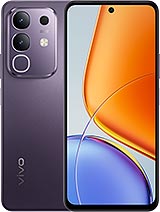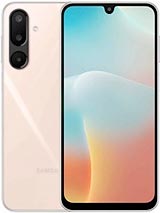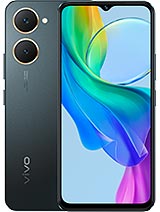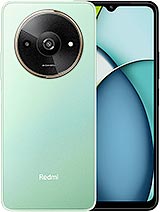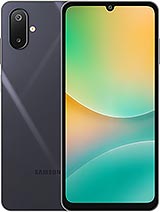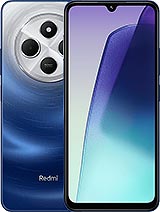Oppo K13 alternatives
Tap above to see alternatives.
Redmi 14C alternatives
Tap above to see alternatives.
1x2.3 GHz Cortex-A720s
3x2.2 GHz Cortex-A720s
4x1.8 GHz Cortex-A520s
2x2.2 GHz Cortex-A78
6x1.95 GHz Cortex-A55
8GB 256GB (UFS 3.1)
4GB 128GB (UFS 2.2)
6GB 128GB (UFS 2.2)
f/1.9, 27mm (wide), 1/2.88", OmniVision OV50D40, PDAF
2 MP
f/2.4, (depth)
f/1.8, 27mm (wide), PDAF
Auxiliary lens
2MP
1080p@30/60/120fps
f/2.5, 23mm (wide), 1/3.0", 1.0µm, Sony IMX840
f/2.0
SIM1: Nano, SIM2: Nano
SIM1: Nano, SIM2: Nano
FDD: N1, N3, N5, N8, N28
TDD: N40, N78
TDD N40 / N78
In this comparison, the Oppo K13 with the Qualcomm Snapdragon 6 Gen 4 (4nm) performs better than the Redmi 14C with the Qualcomm Snapdragon 4 Gen 2 (4nm), thanks to its more efficient chipset.
They offer the same OS update support. When it comes to security updates, Redmi 14C leads with 4 years of support.
Oppo K13 has a superior AMOLED display, while Redmi 14C uses an LCD panel. They have the same 120 Hz refresh rate. Oppo K13 also has a brighter display with 1200 nits, improving outdoor visibility. Notably, Oppo K13 has a higher resolution display, resulting in sharper visuals.
Oppo K13 has a larger 7000 mAh battery for longer usage. Oppo K13 supports faster wired charging at 80W.
Oppo K13 offers better water and dust resistance with an IP65 rating.

